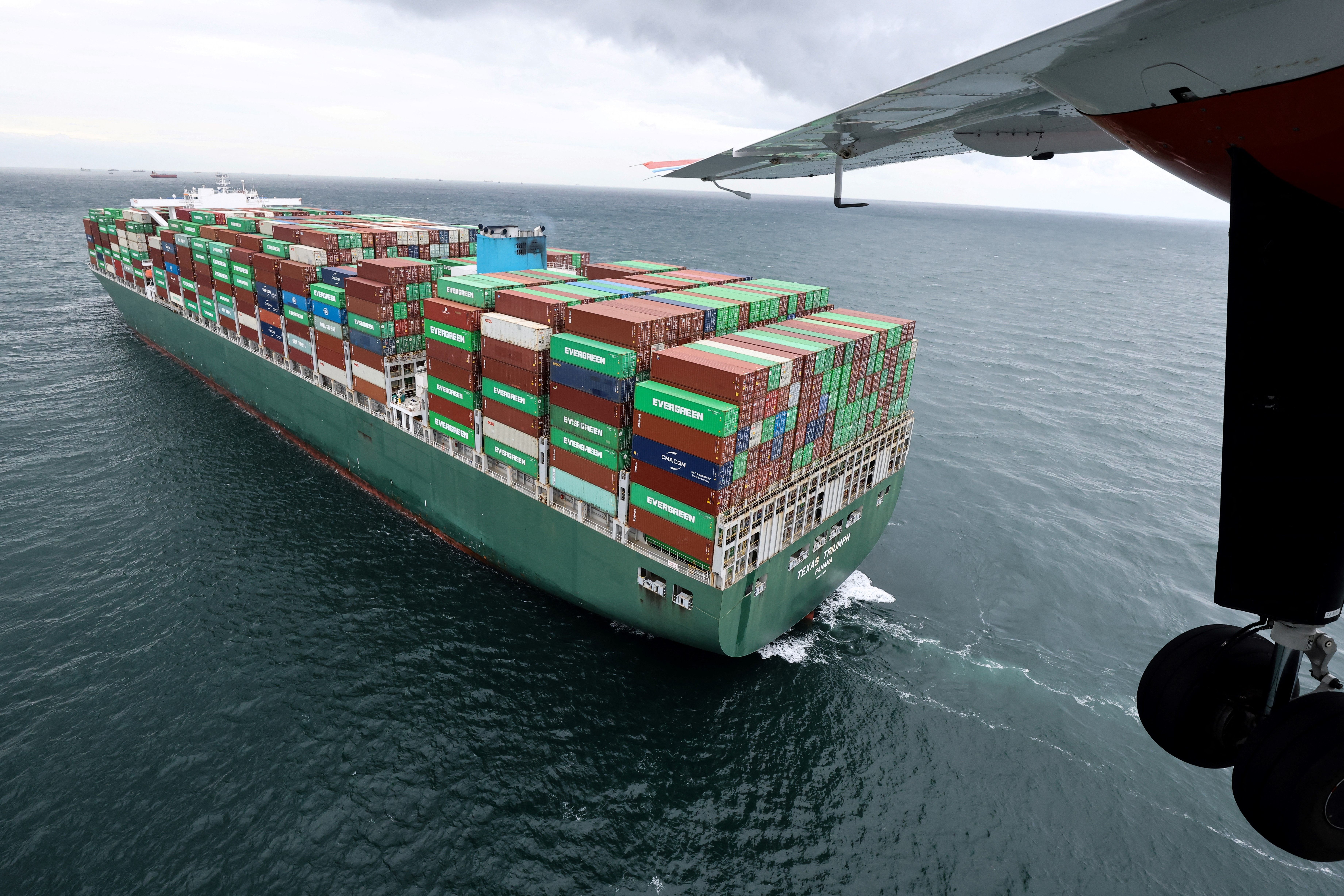New sensor measures ship emissions and should improve coastal air quality

A new sensor was installed in Zeebrugge this week to monitor how many and which substances passing ships emit. The innovation will allow for more efficient sanctioning of ships that don’t follow the rules.
One of the busiest shipping routes worldwide runs along the Belgian part of the North Sea. The ships keep the economic engine running, but their emissions also bring public health disadvantages. To minimise the negative effects, a low-emission zone was established over the North Sea. Ships there have to meet very strict emission requirements.
The new sensor can monitor the emissions of passing ships seven days a week from a distance of 10 km. If a ship possibly exceeds the permitted standards, the Shipping DG will be notified. Those ships can then be targeted for further inspection with a so-called sniffer plane, which flies through the emission plumes of ships, or by boarding them.
“The international goal is to get shipping to net zero greenhouse gas emissions by 2050,” said outgoing North Sea minister Paul Van Tigchelt. “With new techniques, such as this sensor, we will soon be able to monitor ships to our ports 24/7. This test project in Zeebrugge proves once again that Belgium is leading the way thanks to our innovative companies and top experts in the fight against climate change.
The sensor's full name is Ship Emission Monitoring by Passive Remote Sensing (SEMPAS). It was provisionally mounted at the traffic centre of the Scheldt Radar Chain in Zeebrugge. Later, it will move to a wind turbine at sea.
#FlandersNewsService | A Belgian 'sniffer plane' flies over a container ship in search of illegal pollution © BELGA PHOTO Kenzo TRIBOUILLARD / AFP